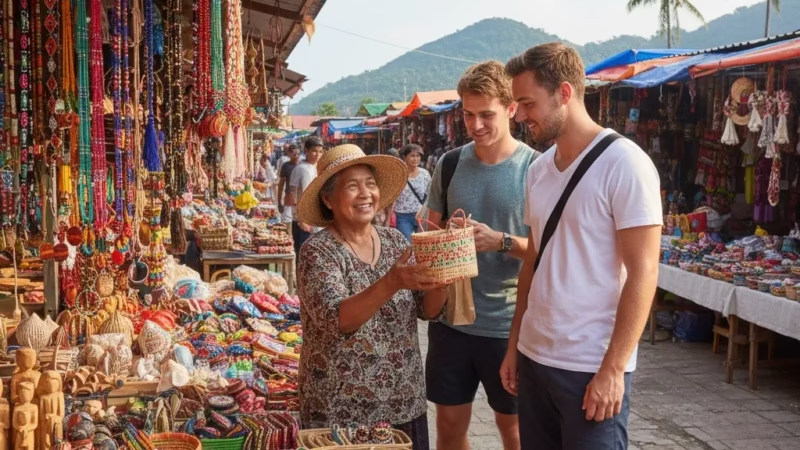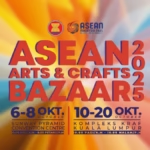How to Buy Local Handicrafts in Kota Kinabalu

Introduction
Kota Kinabalu, the vibrant capital of Sabah, is a treasure trove of unique local handicrafts. From intricately woven baskets to handmade beadwork and traditional textiles, these souvenirs capture the culture and artistry of the region. Learning how to buy local handicrafts in Kota Kinabalu ensures you bring home authentic pieces while supporting local artisans. This guide will walk you through finding, selecting, and purchasing quality handicrafts, making your shopping experience smooth and enjoyable.
Step 1: Research Popular Handicraft Types
Before shopping, familiarize yourself with local handicrafts. Kota Kinabalu is known for items like beadwork, woven baskets, hand-carved wooden items, rattan mats, and batik textiles. Knowing what to look for helps you identify authentic pieces and avoid mass-produced souvenirs.
Tip: Check local blogs or tourism websites to discover trending handicrafts.
Step 2: Visit Recommended Markets and Shops
Some of the best places to buy local handicrafts include:
- Gaya Street Sunday Market – Great for traditional souvenirs, batik, and beadwork.
- Filipino Market – Perfect for wooden carvings, pearls, and decorative items.
- Handicraft Shops in Kota Kinabalu City Centre – Ideal for curated, high-quality crafts.
Tip: Arrive early to get the best selection and avoid crowds.
Step 3: Inspect for Quality and Authenticity
When selecting handicrafts, check for craftsmanship and authenticity. Look for:
- Tight, consistent weaving or stitching.
- Smooth finishes on carved wood or polished beads.
- Labels or artisan signatures for verified products.
Tip: Avoid items that look overly uniform or cheap, as they may be mass-produced.
Step 4: Compare Prices
Handicraft prices can vary widely. Compare prices across different stalls or shops to get a fair deal. Remember, bargaining is common in markets like Gaya Street, but in formal shops, prices are usually fixed.
Tip: Offer a polite counterprice, around 10–20% lower, if bargaining is appropriate.
Step 5: Engage with Local Artisans
Whenever possible, interact with the artisans. Asking about their techniques or the story behind a piece enhances your experience and ensures authenticity. Plus, it supports their craft directly.
Tip: Artisans often provide insights into the cultural significance of their creations.
Step 6: Pack and Preserve Your Handicrafts
Some handicrafts, especially textiles and delicate carvings, need careful handling during travel. Wrap fragile items in bubble wrap or soft clothing, and store textiles in airtight bags to prevent damage.
Tip: Carry smaller, breakable items in your hand luggage for added protection.
FAQs
Q1: Are Kota Kinabalu handicrafts affordable for tourists?
Yes, prices range from very affordable at local markets to premium in artisan boutiques.
Q2: Can I use credit cards at these markets?
Most market stalls are cash-only, so bring Malaysian Ringgit for convenience.
Q3: What is the best time to buy handicrafts?
Early mornings on weekends (especially Sunday for Gaya Street Market) offer the best selection.
Conclusion
Buying local handicrafts in Kota Kinabalu is a rewarding way to bring home authentic cultural treasures while supporting local artisans. By researching, visiting the right markets, checking for quality, and engaging with sellers, you can ensure a memorable shopping experience. Step into the vibrant world of Kota Kinabalu handicrafts and take a piece of Sabah’s rich heritage home with you!





















Comments are closed.